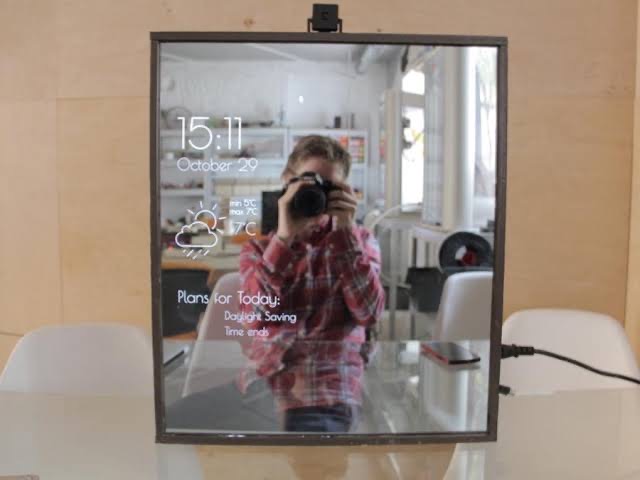
This guide has been split up into four methods in order of easiest to hardest. Guides for other ARMv7 processors are available: ODROID-C1, Orange Pi and Banana Pi. The Banana Pi can run Plex Media Server as well and sports a SATA and gigabit port for extra speed (see benchmarks).

If your content has subtitles it will not work for transcoding. H264 content should play remotely as long your internet connection can support it and client can play back the media's codecs. Do not expect transcoding to work, you will get the best experience by using DirectPlay or DirectStream features of Plex streaming locally. Plex for ARM CPU architectures is compiled with very limited transcoding abilities. There are also Media Server and HTPC Combo Images available here that combine Kodi, usenet and torrent automation. Instructions Updated for Plex 0.9.12.8 on Raspbian Wheezy start at Pre-install requirements Image Updated August 2015 to version 6 with Minibian Jessie with Kernel 4.1 and Plex 0.9.12.8 (if you experience issues use this image use the installer) Previous Update: Method 3 for early Plex releases now working with Jessie March 2016 Update: Jessie Image posted compatible with Raspberry Pi 2 and Pi 3


There is also a link to an image at the bottom of this post with Minibian and Plex installed, please share this post if you use the image. This how-to also has a section on fixing Plex permissions so if your Plex can't see your folders then you will be able to solve that problem here. I used a minimal Raspbian distribution Minibian for this guide, when you are done Plex will also autostart on boot. Many thanks to uglymagoo from the Plex forum who identified the package that could be used without a chroot on the Raspberry Pi 2. This will unfortunately not work on the B+ or earlier models as they use an ARMv6 processor.


 0 kommentar(er)
0 kommentar(er)
